Heatstroke : how to prevent it, how to detect it and what to do if your dog suffers from heatstroke
Increased body temperature can be very dangerous for your pet
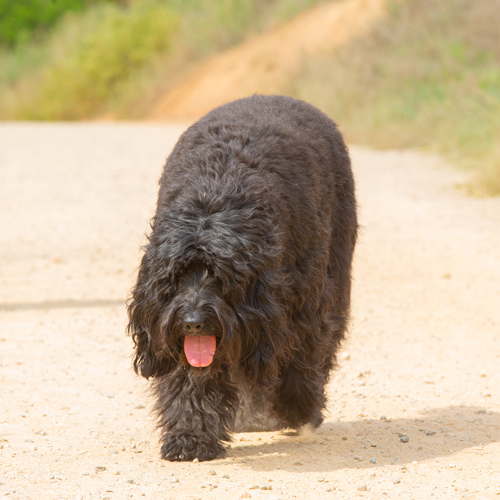
HYPERTHERMIA IN DOGS
Approximate reading time: 6 minutes
Before we talk about hyperthermia or, in other words, heat stroke in dogs, it is important to understand how dogs regulate their body temperature. Unlike people, dogs do not have such an easy time maintaining a stable body temperature, as the only mechanisms they have for this are panting and perspiration in areas where they have less hair, such as the pads and abdomen.
However, these animals are far more vulnerable to heat stroke than we are, so it is vital to protect them properly from high temperatures. Otherwise, hyperthermia could cause your pet's body to reach a temperature of up to 42°C, three or four degrees above normal. The consequences of heat stroke for a dog can be serious, so it is crucial to spot the symptoms early and act quickly.
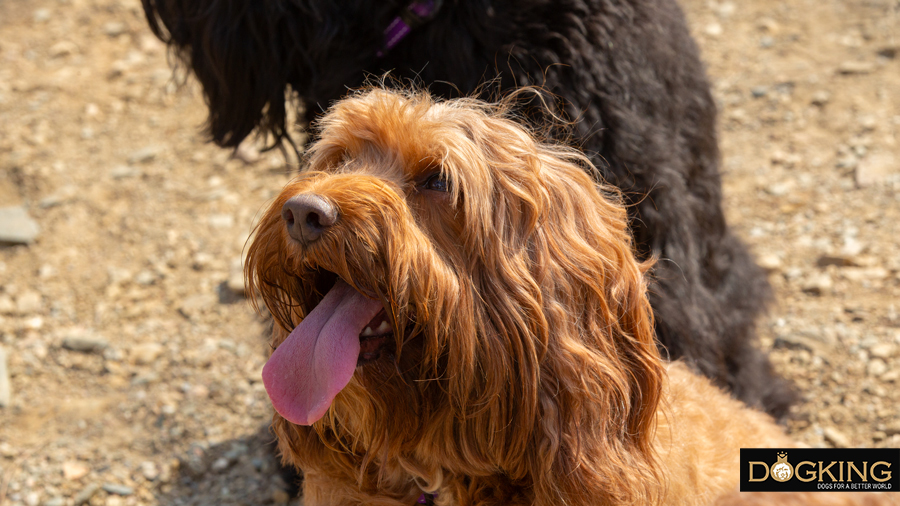
Table of contents
- Dogs at increased risk of hyperthermia
- Symptoms of heat stroke in dogs
- What to do if my dog is suffering from heat stroke?
- Protecting your dog from heat stroke
Dogs at increased risk of hyperthermia
All dogs can suffer from heat stroke if they are not kept safe from high temperatures. However, puppies, senior dogs and dogs of snub-nosed breeds such as French bulldogs and pugs are at greater risk of experiencing this uncontrolled rise in body temperature. Hyperthermia is also more likely to occur in dogs with respiratory or cardiac problems or who are overweight. And be careful, because if your pet is dark-coloured and has a short coat, the sun will hit its skin more easily, also favouring these heat shocks.
Symptoms of heat stroke in dogs
Learning to recognise the signs of hyperthermia in your dog is essential to act quickly, otherwise serious internal damage could occur.
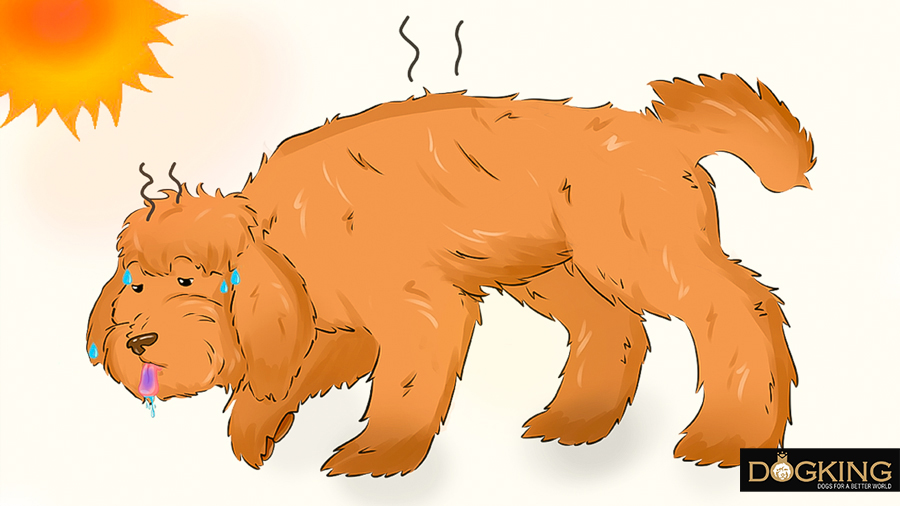
- Confusion, restless or lethargic attitude
- Excessive salivation
- Very heavy panting and shortness of breath
- Skin dry and warmer than usual
- Diarrhoea or vomiting
- Unsteadiness or dizziness
- Very red gums or blue tongue
- Lack of appetite
- Increased heart rate
What to do if my dog is suffering from heat stroke?
If your pet has spent too much time in the sun or exposed to too much heat and exhibits some or all of the above symptoms, it is very likely that it is experiencing hyperthermia. In this case, the most important thing is to stay calm and react quickly to avoid further damage.
The most urgent thing is to get your dog's body temperature down, but not abruptly, as this could cause an even greater shock, which would be very dangerous. The heat should be brought down gradually. First of all, take him to a shady and airy place. We recommend that you moisten his body using wet wipes or cloths soaked in lukewarm water, neither hot nor cold. Focus especially on the muzzle, neck, armpits and pads, to help your dog to regulate its temperature little by little.
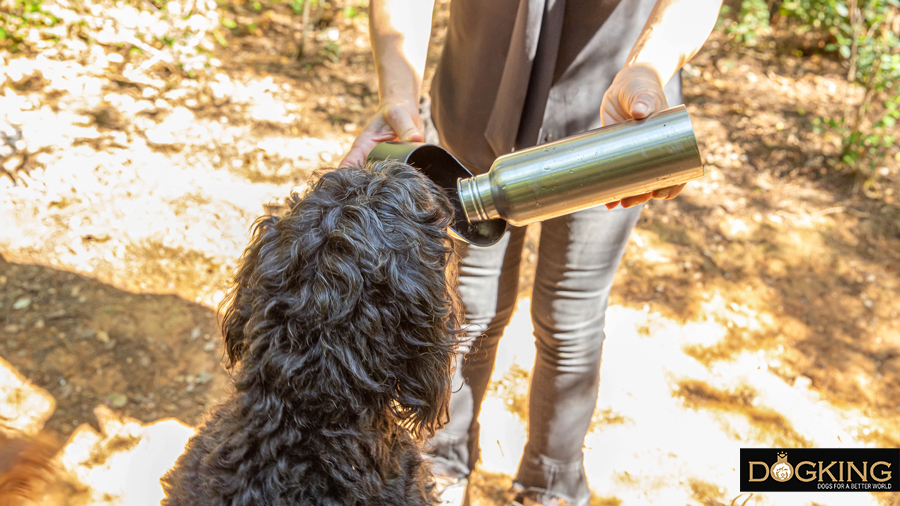
You can also place him in front of the fan or give him air with a fan. Let him drink water, but do not allow him to drink too much, but let him swallow it little by little. It may also help to massage his limbs to restore normal circulation.
Even if you see that your dog feels better after applying these tips, still take him to the vet to rule out internal damage. Some heatstroke can cause problems even days after the symptoms appear, so it's best to be on the safe side. Canine hyperthermia is very dangerous, as an increase in body temperature can cause profound and irreversible damage to organs such as the brain, lungs, digestive system and heart, so it's something to take very seriously.
Protect your dog from heat stroke
Now that you know how dangerous heat stroke is for a dog, here are some recommendations to help you protect your pet from high temperatures.
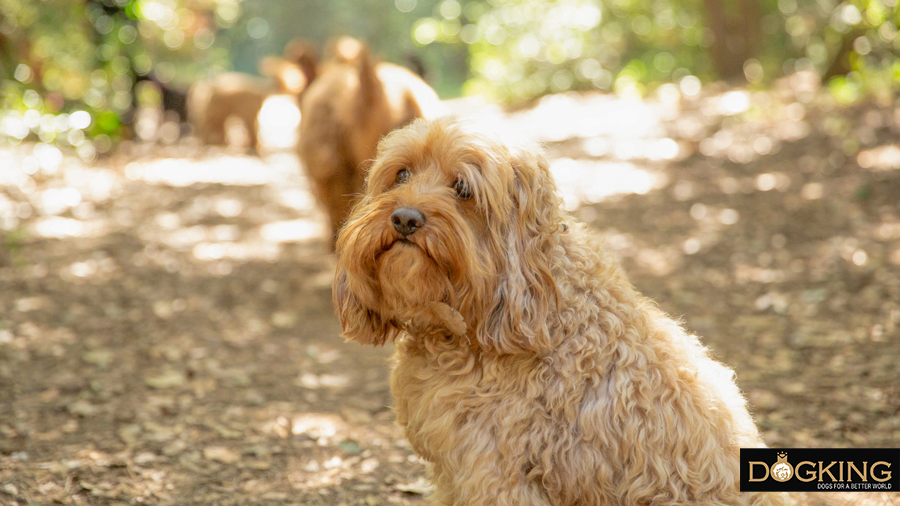
- Make sure he has access to clean, fresh water. You can cool it by adding an ice cube to make it even more refreshing for your furry friend.
- Do not walk your dog during the hottest part of the day, but rather in the early and late hours of the day.
- Don't shave your dog's coat, as its coat is a protective barrier against the sun and heat. If he has long hair, take him to the groomer's for a de-shedding, which will empty the deep layers of his coat, making him feel cooler.
- Don't leave him locked in the car or in a small, poorly ventilated room. Even if you think it will only be for a short time, heat stroke can be very explosive and develop quickly.
- Cool your furry friend down! Buy him a doggie pool, a cooling bed or offer him delicious homemade ice cream.
- Leave him in places where he has access to shade, especially after meals, during digestion.
- Don't allow him to exercise intensely in the sun or in very hot temperatures.
- Do not use muzzles that do not allow him to pant, as this is the main mechanism by which the dog regulates his body temperature.
Now you know, if you want to enjoy the summer with your dog without scares, don't expose him to the sun or extreme heat, help him cool down and keep an eye on his symptoms to react quickly in case he experiences heat stroke. Keep your furry best friend safe and cool!